A youth rests on his empty oxygen cylinder waiting for a refill shop to open in the San Juan de Lurigancho neighborhood of Lima, Peru, Monday, Feb. 22, 2021. A crisis over the supply of medical oxygen for coronavirus patients has struck in Africa and Latin America, where warnings went unheeded at the start of the pandemic and doctors say the shortage has led to unnecessary deaths. (AP Photo/Martin Mejia)
DAKAR, Senegal (AP) — A crisis over the supply of medical oxygen for coronavirus patients has struck nations in Africa and Latin America, where warnings went unheeded at the start of the pandemic and doctors say the shortage has led to unnecessary deaths.
It takes about 12 weeks to install a hospital oxygen plant and even less time to convert industrial oxygen manufacturing systems into a medical-grade network. But in Brazil and Nigeria, as well as in less-populous nations, decisions to fully address inadequate supplies only started being made last month, after hospitals were overwhelmed and patients started to die.
The gap in medical oxygen availability “is one of the defining health equity issues, I think, of our age,” said Peter Piot, director of the London School of Hygiene & Tropical Medicine, who said he survived a severe coronavirus infection thanks to the oxygen he received.
Doctors in Nigeria anxiously monitor traffic as oxygen deliveries move through the gridlocked streets of Lagos. Desperate families of patients around the world sometimes turn to the black market. Governments take action only after hospitals are overwhelmed and the infected die by the dozens.

In Brazil’s Amazonas state, a pair of swindlers were caught reselling fire extinguishers painted to look like medical oxygen tanks. In Peru, people camped out in lines to get cylinders for sick relatives.
Only after the lack of oxygen was blamed for the deaths of four people at an Egyptian hospital in January and six people at one in Pakistan in December did governments address the problems.
John Nkengasong, director of the Africa Centers for Disease Control and Prevention, said medical oxygen is a “huge critical need” across the continent of 1.3 billion people and is a main reason that COVID-19 patients are more likely to die there during surges.
Even before the pandemic, sub-Saharan Africa’s 2,600 oxygen concentrators and 69 functioning oxygen plants met less than half the need, leading to preventable deaths, especially from pneumonia, said Dr. John Adabie Appiah of the World Health Organization.
The number of concentrators has grown to about 6,000, mostly from international donations, but the oxygen produced isn’t pure enough for the critically ill. The number of plants that can generate higher concentrations is now at 119.
Yet without formal requests from governments, nearly $20 billion in World Bank coronavirus funds for the world’s poorest countries has been left unspent, the organization told The Associated Press.
Nigeria was “struggling to find oxygen to manage cases” in January, said Chikwe Ihekweazu, head of its Centre for Disease Control.
A main hospital in Lagos, a city of 14.3 million, saw its January virus cases increase fivefold, with 75 medical workers infected in the first six weeks of 2021. Only then did President Muhammadu Buhari release $17 million to set up 38 more oxygen plants and another $670,000 to repair plants at five hospitals.
Some oxygen suppliers have dramatically raised prices, according to a doctor at the Lagos University Teaching Hospital who spoke on condition of anonymity because he was not allowed to talk to reporters. That has driven up the cost of a cylinder by 10 times, to $260 — more than the average monthly wage — and a critically ill patient could need up to four cylinders a day.
Money and influence don’t always help.

Femi Odekunle, a Nigerian academic and close ally of the president, went without adequate oxygen for nearly 12 days at the Abuja University Teaching Hospital until two state governors and Ministry of Health officials intervened. He died anyway, and relatives and friends blame the oxygen shortage, the Premium Times newspaper reported. The hospital attributed his death to his severe infection.
In Malawi, the president promised funding for protective gear for medical workers and the immediate purchase of 1,000 oxygen cylinders.
Corruption was blamed for defects in a new oxygen plant at a hospital in Uganda’s capital of Kampala, the Daily Monitor newspaper reported. Workers had to rely on rusty oxygen cylinders that were blamed for the deaths of at least two patients.
“While top health officials basked in the oxygen of good publicity, patients were literally choking to death,” the newspaper said. “It appears that behind the delays and the funding gaps, corners were being cut.”
Leith Greenslade, coordinator of the Every Breath Counts Coalition, which advocates for wider access to medical oxygen, said the looming shortages were apparent last spring.
“Very little was done. Now you have a second wave, not just in Africa but in Latin America and Asia, and the oxygen shortages are becoming at crisis levels,” she said.
The World Bank has set aside $50 billion for the world’s poorest countries alone during the pandemic, but only $30.8 billion has been allocated, including $80 million for oxygen-related upgrades.
“We make money available for countries, but it’s countries, governments who have to make a decision about how much they spend and what they spend it on,” said Dr. Mickey Chopra, who helps with the World Bank’s global medical logistics response.
A global task force focusing on oxygen was formally announced Thursday and will include the World Health Organization and World Bank, among others. Already, $90 million was identified in immediate oxygen funding needs for 20 developing countries, including Nigeria and Malawi.
Many countries view oxygen supplies primarily as an industrial product for more lucrative sectors such as mining, not health care, and it has not been a focus of many international donors. Oxygen manufacturing plants require technicians, good infrastructure and electricity — all in short supply in developing nations.

The main provider of medical oxygen to Brazil’s Amazonas state, White Martins, operated at half capacity before the pandemic. The first infections hit the isolated city in March and led to so many deaths that a cemetery was carved out of the jungle.
Doctors in its capital of Manaus were forced last month to choose which patients to treat as oxygen supplies dwindled.
Brazil’s Supreme Court began an investigation into management of the crisis after White Martins said an “unexpected increase in demand” led to shortages.
“There was a lack of planning on behalf of the government,” said Newton de Oliveira, president of Indústria Brasileira de Gases, a major oxygen supplier.
Only after deaths averaged 50 a day did the government say it would build 73 oxygen plants in the state. Within a month, 26 were up and running.
Oxygen shortages remain critical in Peru, where Dani Luz Llamocca waited five days outside a distribution center in Lima, saying her virus-stricken father was down to less than half a tank of oxygen. She was willing to wait as long as it took. “If not, my father will die,” said Llamocca.
The WHO’s Appiah said countries with mining industries could, with few changes, convert their systems to produce medical-grade oxygen.
India’s national trade body for gas makers suggested just that last April, when the virus caseload was relatively low. Industrial storage tanks were repurposed at hospitals, said Surendra Singh, a manager for the Indian division of the multinational Linde corporation.
“It’s not rocket science,” said Saket Tiku, president of the All India Industrial Gases Manufacturers Association. “The decision saved thousands of lives.”
___
Hinnant reported from Paris. Sam Olukoya and Lekan Oyekanmi in Lagos, Nigeria, Aniruddha Ghosal in New Delhi, Franklin Briceño in Lima, Peru; Sam Magdy in Cairo, Diane Jeantet in Rio de Janeiro, Cara Anna in Nairobi, Kenya, Riaz Khan in Peshawar, Pakistan, and Rodney Muhumuza in Kampala, Uganda, contributed.
Copyright 2020 Associated Press. All rights reserved.




















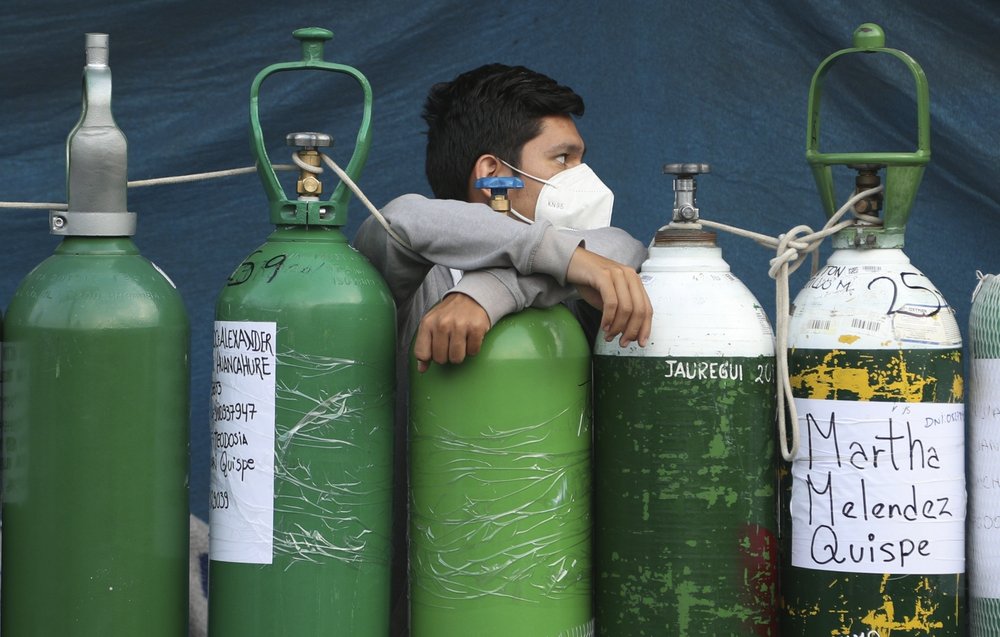


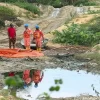
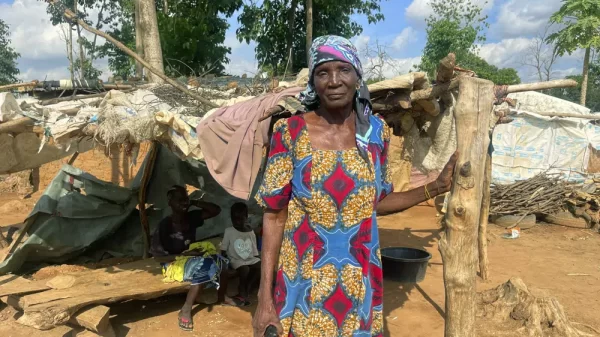

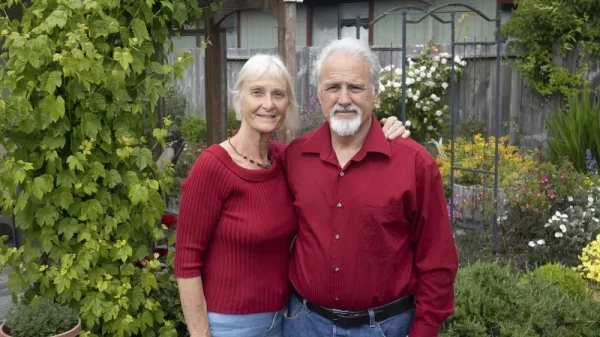

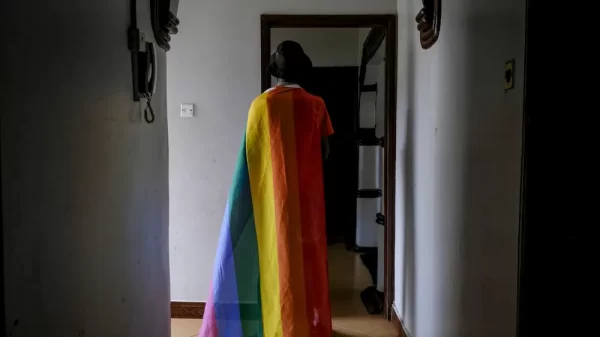

You must be logged in to post a comment Login